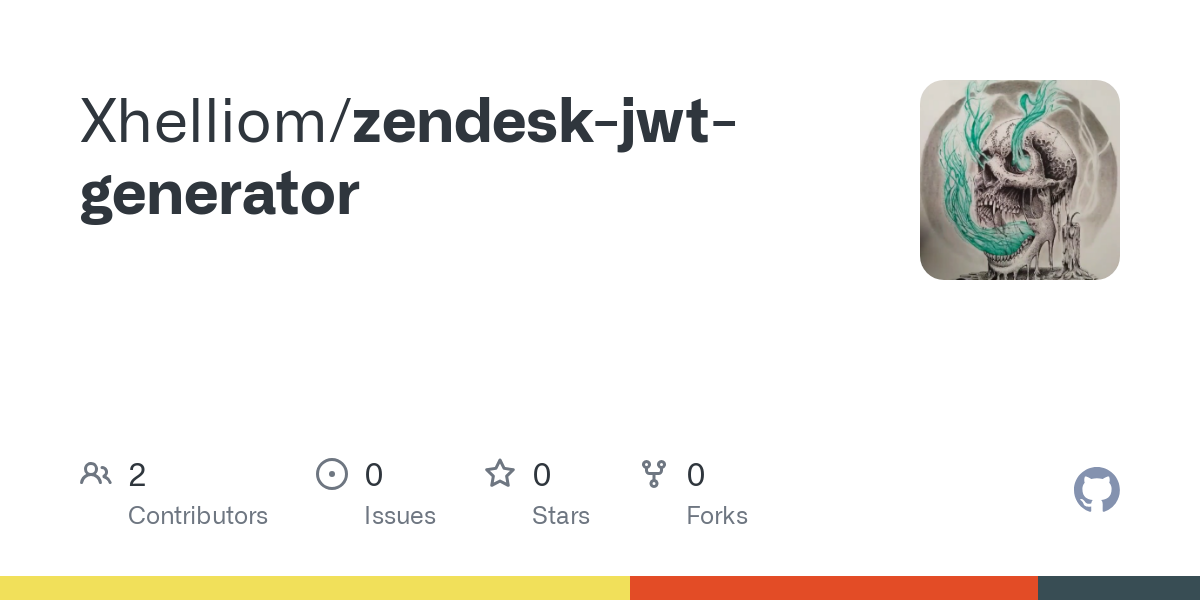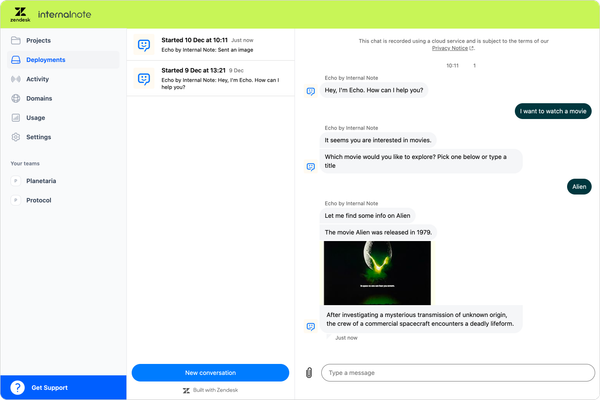
Zendesk News roundup for April 2025
The biggest news this month has to be the announcement at Zendesk Relate, but alongside the announcements on new Agentic Bots, Action Builder and the knowledge graph, we got some nice updates to Agent Copilot, queue management for messaging and email routing.
Welcome to April's News roundup for Zendesk. This email should have gone out last week, but flying home from a week at Zendesk Relate was so exhausting, I decided to take a week off last week.
Either way, here we are with a fresh roundup of Zendesk News.
The big news was off course all the announcements of Relate 2025 with the release of the new Agentic AI Agents with reasoning capabilities, the announcement of AI Powered search and knowledge graph and the new Action and App Builder.
We also got the official release of Zendesk's new Employee Service Suite, offering a purpose build version of their product with features like Service Catalog, approvals and tasks to make supporting your employees as easy as helping your customers.
The event itself was great. A bigger venue as last year providing a better experience visiting the Zendesk demo areas, intermixed with partner/sponsor booths. I got to talk to dozens of product managers, played around with the newest releases and met up with partners and friends alike.
If you haven't caught up with the announcements, take a look at my coverage, or rewatch the keynote presentation via the event page.
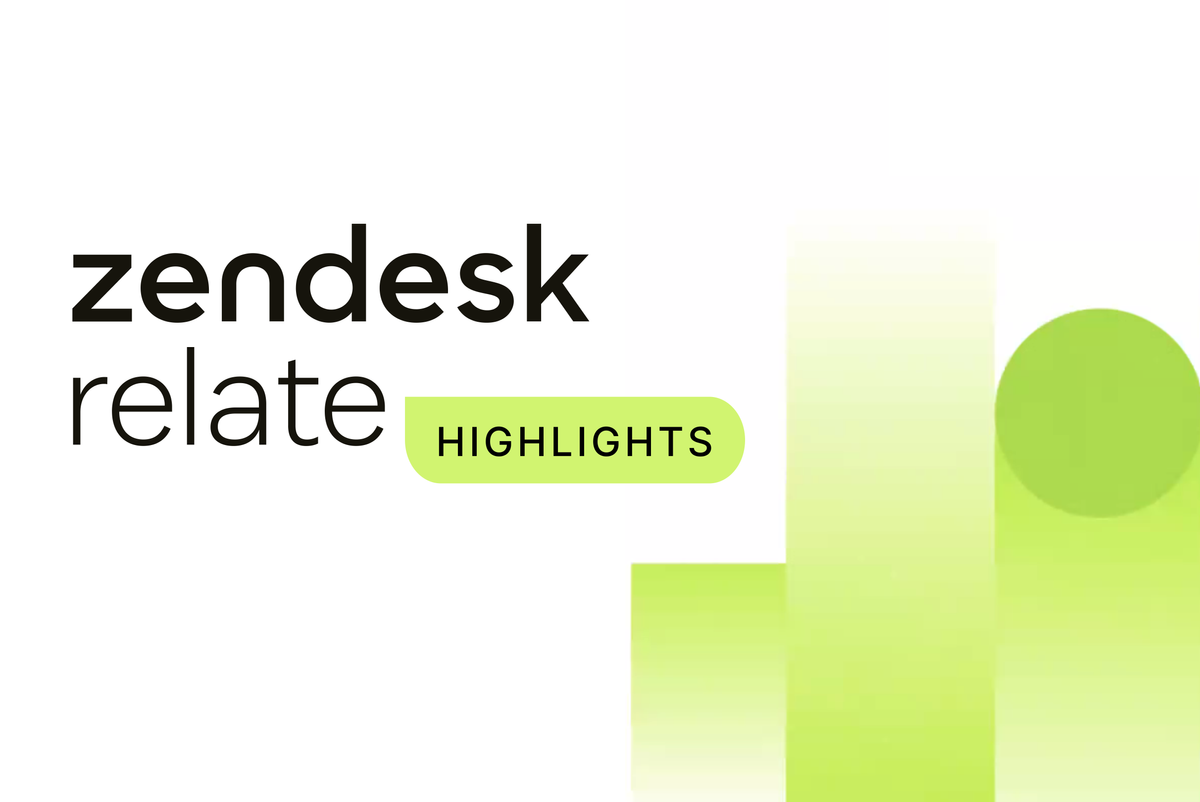
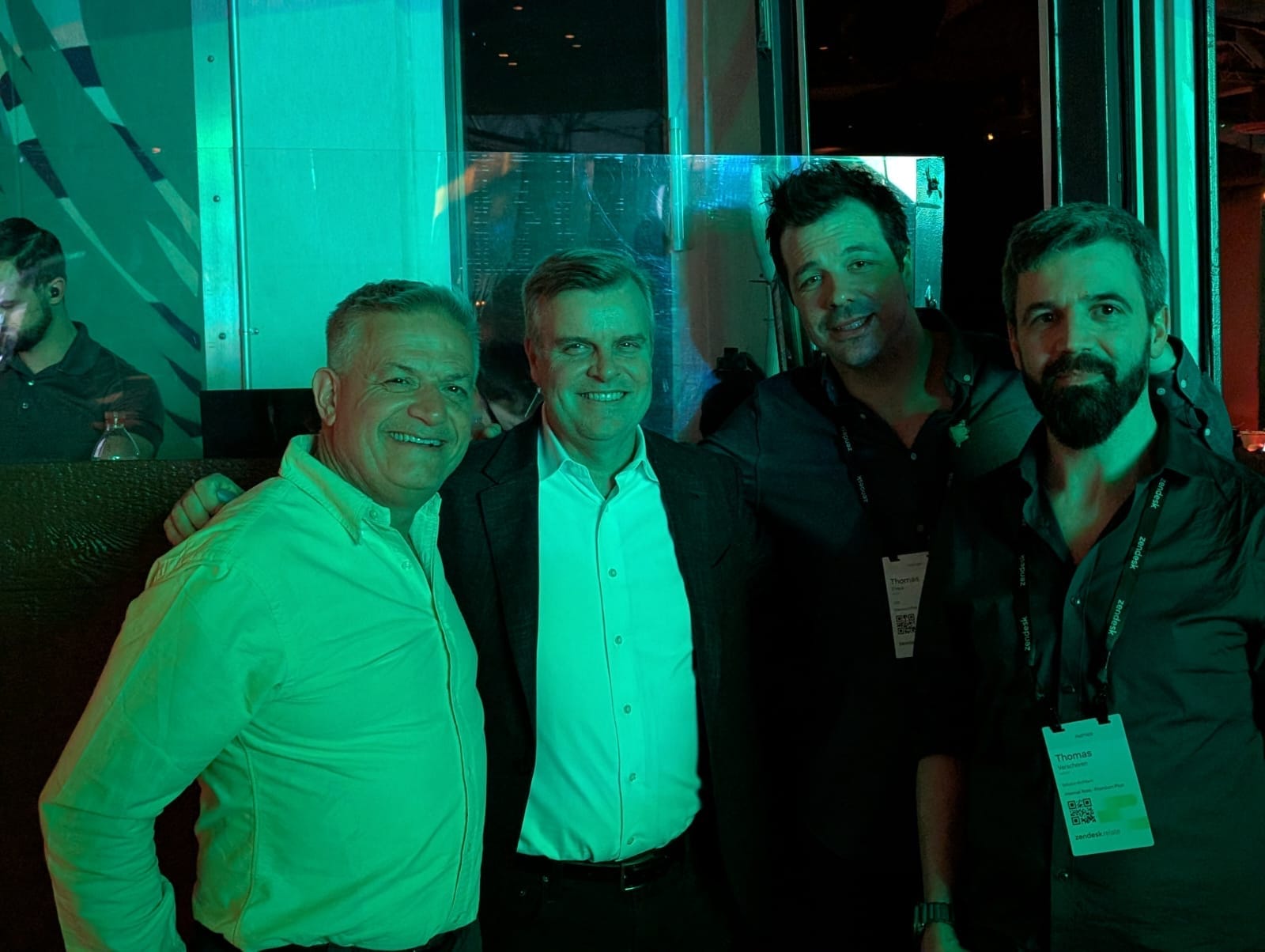
🤖 AI Agents and Messaging
The biggest announcements are off course those of Relate. Turning the hybrid Zendesk AI Agents into Agentic Bots with Adaptive reasoning is a big change in the way these AI Agents will work.
Basically bots used to only generate responses or follow a rigid flow with predefined steps and conditions you had to manually build. This meant that they couldn't easily adapt to customer queries (I already have you my order number, why do you ask for it?) or became big decision trees to handle all context and excepts (if we have an order number, skip to here, if the order is not valid, ask another etc..)
With the new adaptive reason that's becoming a thing of a past. We can now right down our process:
- ask for order number
- validate it
- ask the customer for refund, return or exchange
And that's basically it. The AI Agent will dynamically move through the steps and the system will generate the entire flow chart to handle that use case. The looser you define your instructions, the more agency your bot will have. On the flip side by giving it a more nuanced set of instructions with details, you can add restrictions. And by playing with that balance of more agency, less control you can fine-tune your procedures without building out giant complex flows.
These new AI Agents (part of AI Agents Advanced) weren't the only release this month though. We also got a slew of "regular" updates.
Rich Text Support
The first update relates to how conversations with our AI Agents look and feel. Instead of regular text, we can now have our AI Agents (Advanced only, or via SunCo API) render rich text in its responses.
Rich text messages allow you to send messages with text formatting, including bold, italic, underline,strikethrough, and more. You can also include links in your messages, or even format them using a subset of HTML.
For example, this message send via the SunCo API renders as follows:
{
"author": {
"type": "business",
"displayName": "Internal Note",
"avatarUrl": "https://d3v-verschoren.zendesk.com/flow_composer/assets/bot-avatar/01HFBSGT48QQVJN9XZ6MXBMM6G"
},
"content": {
"type": "text",
"htmlText": "This is <b>bold</b> and <i>italic</i> or <u>underline</u> with <s>strikethrough</s>. And this is <a href=\"https://internalnote.com\">a link</a> to a website"
},
"metadata": {
"lang": "en-us"
}
}https://api.smooch.io/v2/apps/{{app_id}}/conversations/{{conversation_id}}/messages
Returns this rich conversation:
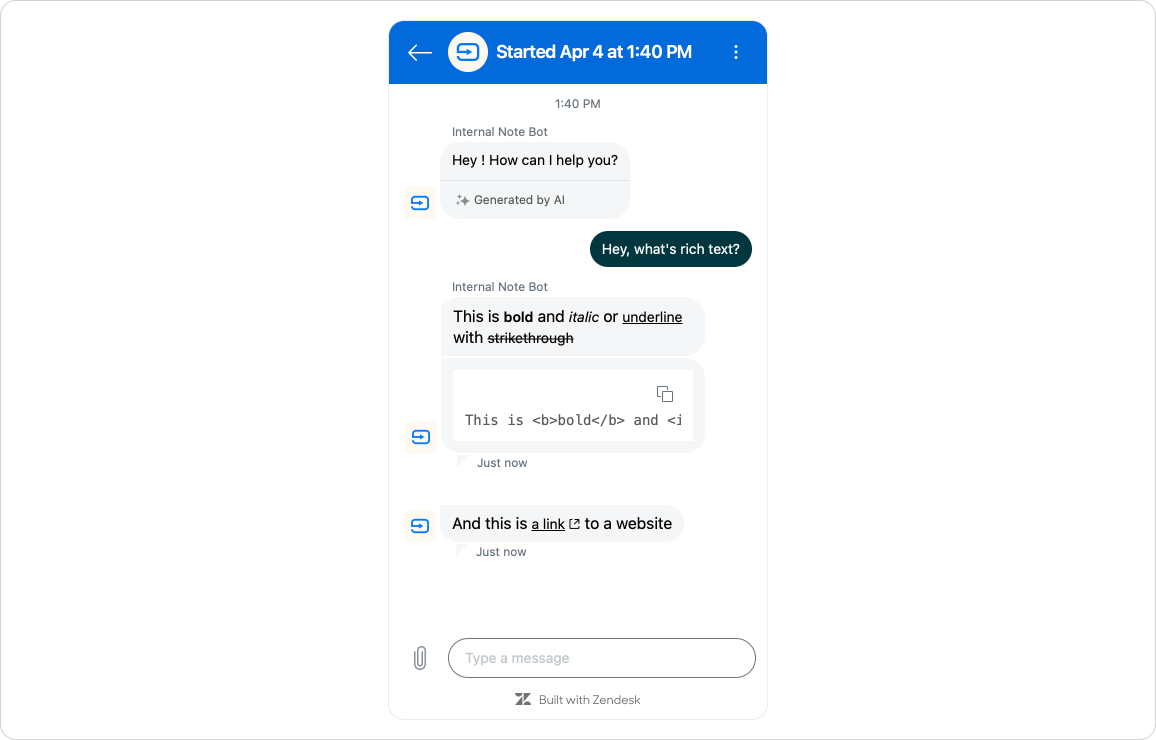
Wait time
Last year Zendesk announced the ability to show conversation wait time as part of a customer conversation via Messaging Triggers. This worked nicely but was a bit clunky to set up. Now this feature has been moved to a native setting for Messaging channels, showing customer wait time and, optionally, queue length as a modal banner at the bottom of your Messaging widget or mobile SDK.
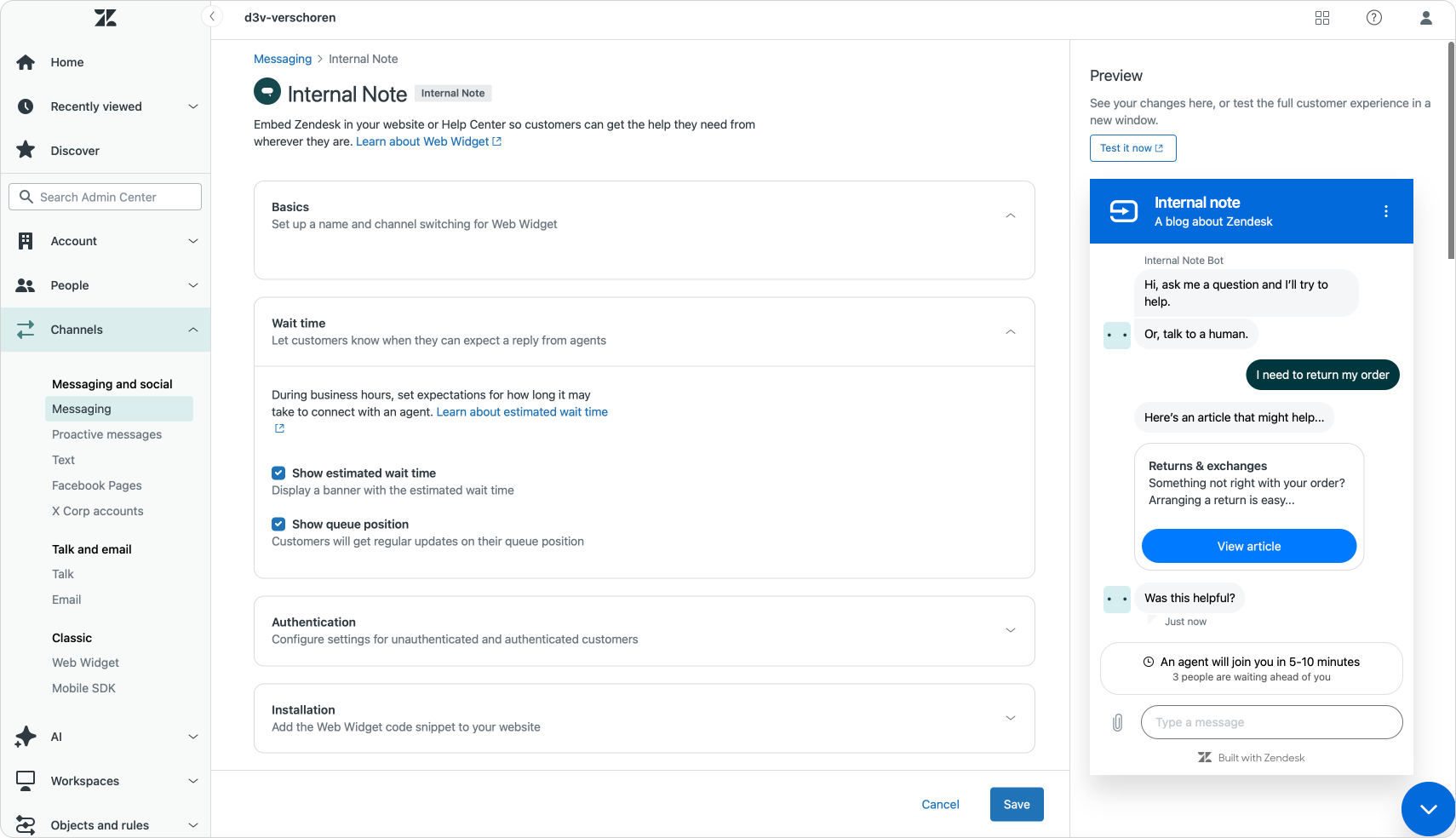
Automatic Resolutions
Previously tickets created via the API and Web Widget (Classic) channels that used the auto-replies with article trigger action were excluded from the evaluation for automated resolutions in auto-replies with articles.
Basically closing a loophole in how automatic resolutions are accounted for. But if you previously relied on these channels, beware that you might incur a higher resolution usage from now on.
👨🏻💻 Agent Workspace and Copilot
Similar to how AI Agents got a massive update at Relate, Agent Copilot also saw a slew of enhancements.
Auto-assist – which generates next steps for agents based on procedures, got the ability to read and update tags and ticket fields. (Keep an eye open for an upcoming collaboration with sponsor Next Matter that uses these new capabilities!)
Speaking of procedures, they also got the option to apply them only to specific brands, and you can more clearly link procedures to actions by using a /action name shortcut in your procedure text. For now these shortcuts only work for custom actions, and soon they'll also include native actions like change ticket start for update ticket fields.
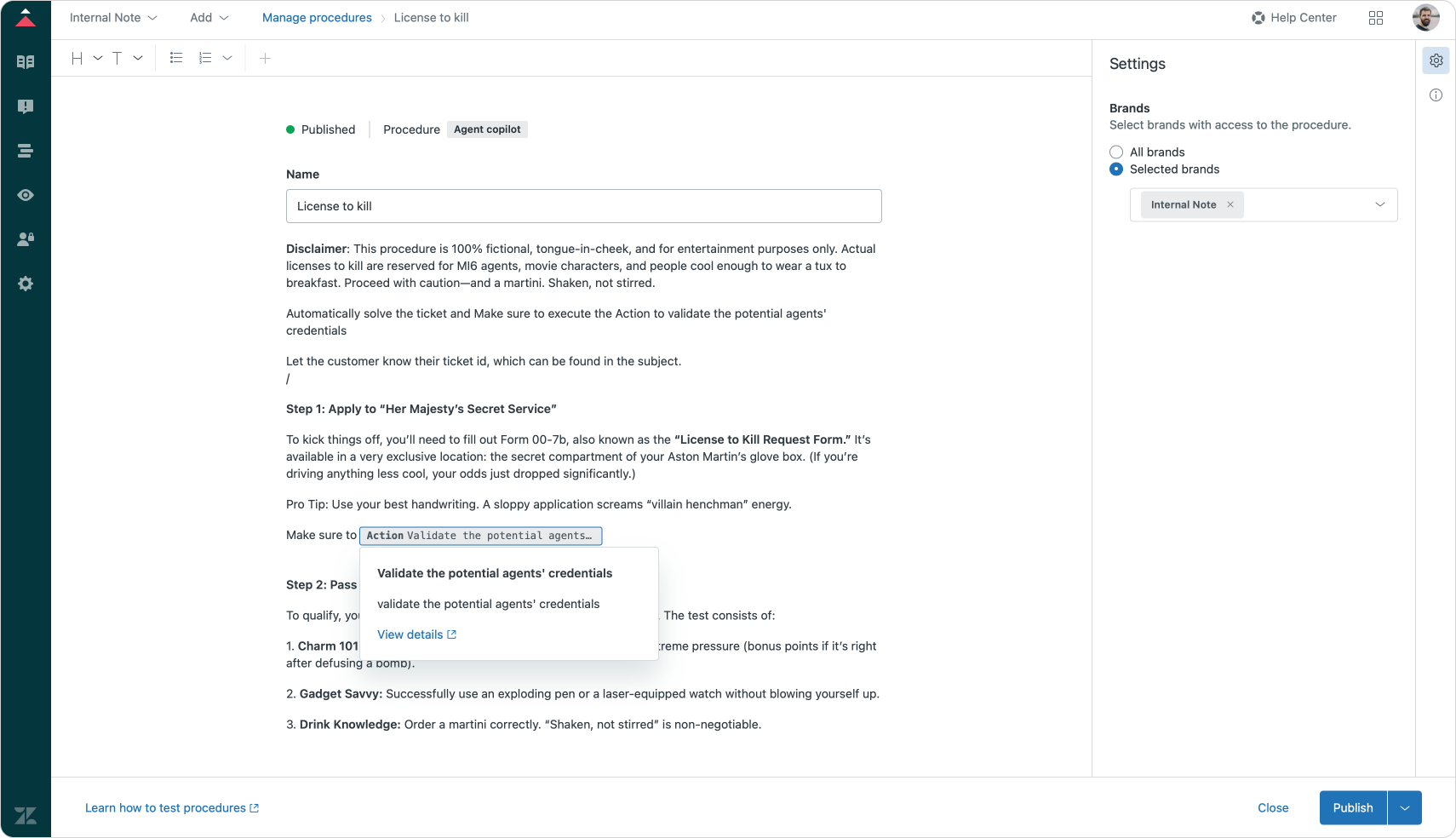
I kinda hope these shortcut actions are the beginning of a bigger trend for the Knowledge base. Ghost, the platform I use for this blog has the ability to embed plenty of elements inline via / commands, and it makes writing rich text a lot easier.
Suggested Replies
Auto-assist is just one of the Agent Copilot features. Suggested replies, which provides, well, suggested replies to agents based on previous comments and Help Center content, now supports Danish, French, Spanish and tons of other languages.
Similarly, the writing tools got a Simplify option, which makes long text easier to grasp. You can rewrite comments based on an agents' existing tone of voice in other comments, or you can prompt the reply field to write something specific like summarize, or convert to bullet points or translations.

Printing Side Conversations
Previously, side conversations couldn't be printed. Now, you can print a printer-friendly version of any side conversation from any channel, including email, Microsoft Teams, Slack, and child tickets.
Intelligent Triage
Entity detection, part of Intelligent Triage, defines what a customer is contacting you about. Together with Intent (why are they contacting?) and Sentiment they define a ticket's context and give agents insight in what the ticket is about.

A small update to Agent Workspace now adds that sentiment to a tickets' titlebar right next to the Intent. This makes 2/3 of Intelligent Triage elements visible in the Agent Workspace again after the removal of the Intelligence Panel last September.
Entities however are still hidden in custom fields, or can be highlighted within the text conversation. Those entities used to be limited to dropdown lists, but are now expanded with two additional field types, and the ability to ignore spelling mistakes.
- Regex: useful for things like dates, card numbers, customer ids, confirmation numbers e.a.
- Multi-select: same as drop-down, but now you'll be able to select both night and day.
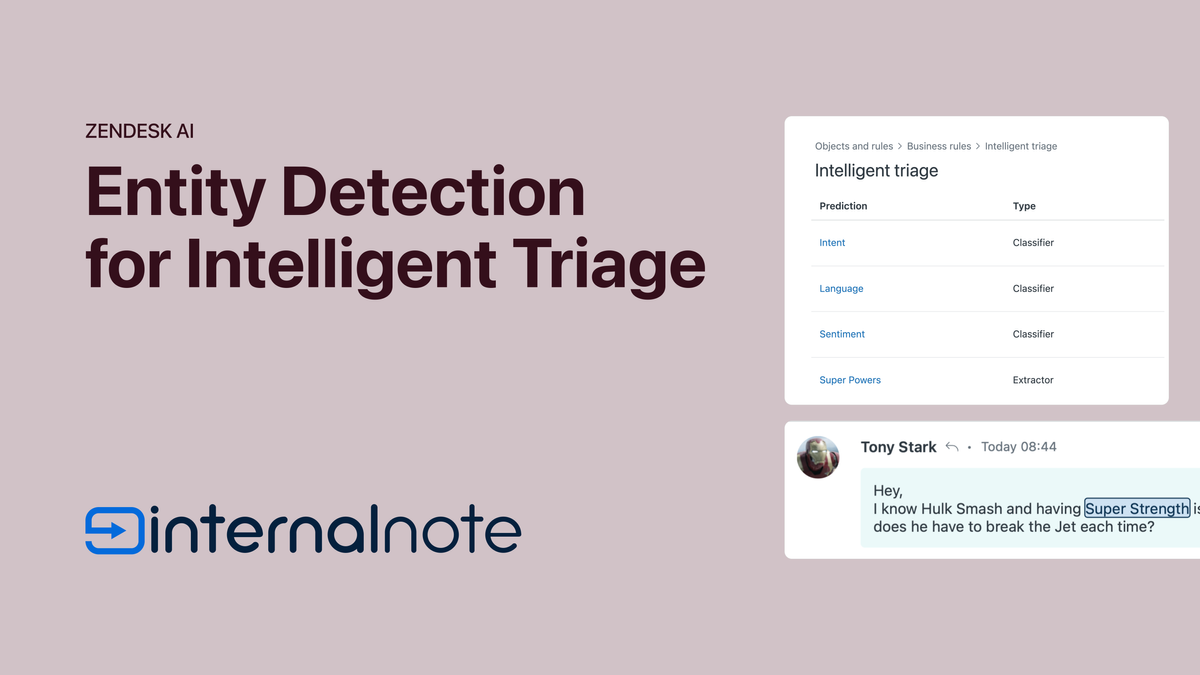
🔎 Knowledge and Help Center
Relate brought one major release for the Help Center with the release of Quick Answer, the generative answers as part of search results. Where they previously were limited to Signed-in users, they're now available for free for all users on your Help Center (up to 100k answers included)
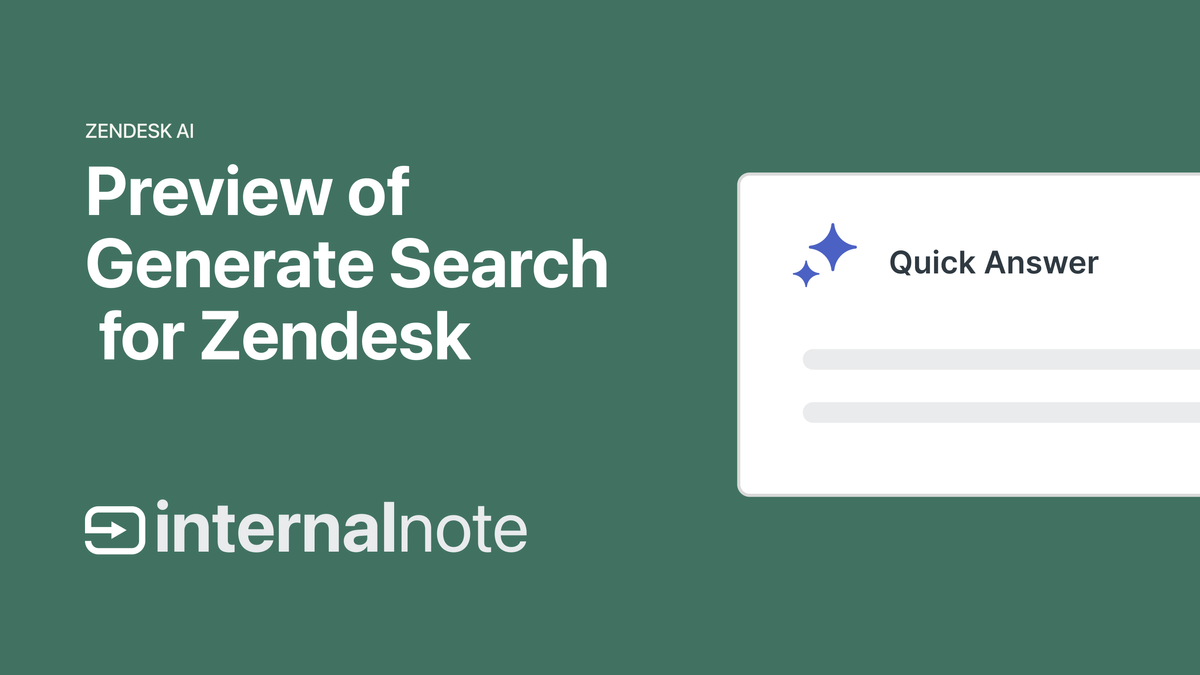
The second announcement for the Help Center, Knowledge Graph, remains more a concept than an actual product to test and use right now.
Credit Card security

The current credit card field allows users to enter the full 13 to 19-digit credit card number, replacing all but the last four digits with "X"s before sending the data to Zendesk’s servers.
For enhanced security, we’ve updated the help center theme with a new field that will only accept the last four digits of a credit card number.
To prevent impact on integrations, the underlying API will still accept between 9 and 15 "X"s followed by the last four digits, while the user-facing field will only allow entry of the last four digits. The “X”s will be added behind the scenes upon form submission.
Anonymous user tracking
Zendesk is introducing the ability to track anonymous users across multiple sessions. When you enable user tracking, an anonymous tracking code (cookie) is automatically added to all pages in your help center. Tracking anonymous user sessions helps you collect the same information about the help center behavior of anonymous users as you do for logged in users.
If you're interested in using this feature, take a look at this article.
🧱 Open and Flexible Platform
Route messaging conversations as email tickets with omnichannel routing
Last year Zendesk launch the ability to End Messaging Sessions. This allowed agents to end the "live chat" portion of a conversation and give control of the Web Widget back to the AI Agent. Agents can still follow up to the ticket via email, but customers can't interact over Messaging anymore.
Quite useful for scenario's where an issue is resolved (we'll refund your item and you'll get confirmation in 2-3 days), situations where you run into a loop (thank you, no thank YOU, indeed, thank you!) or for scenario's where the issue can't be resolved and the customer is persistent on trying to get another answer.
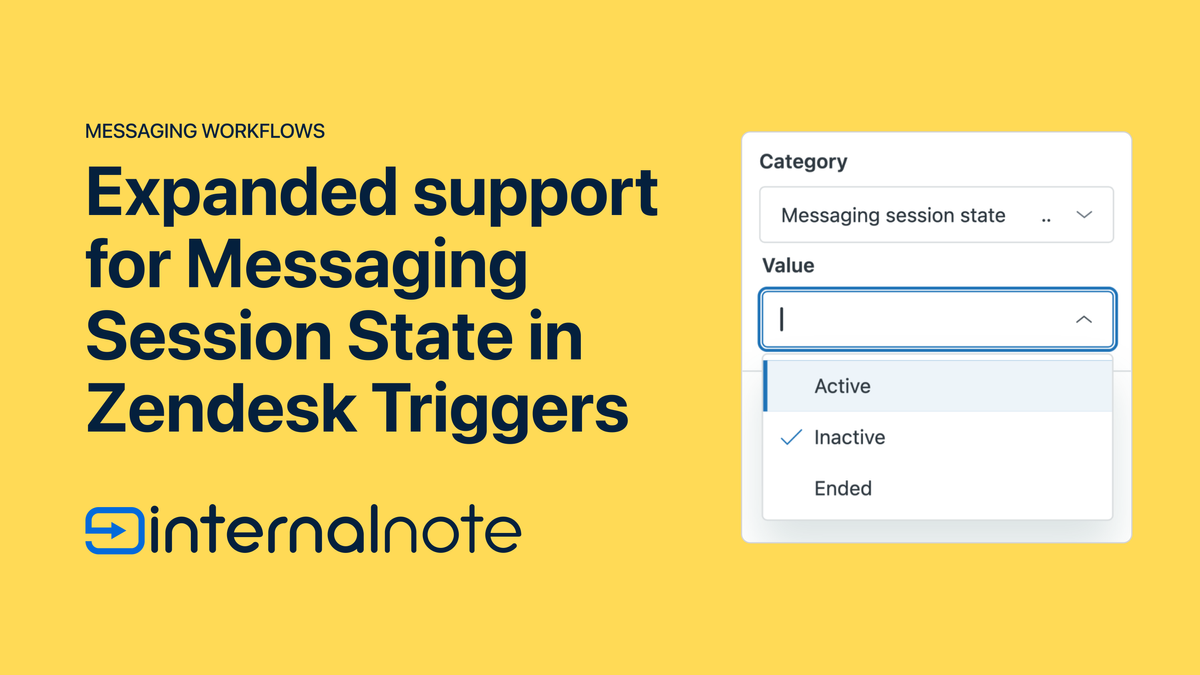
One issue with the current setup of Ending Sessions is that as the conversation wraps up, Zendesk considered them resolved and doesn't do any routing on them anymore. If an agent, customer or colleague interacts with the ticket (e.g. reply to side conversation, bump-bump-solve reminder, ...) those tickets weren't routed to an available agent.
With a new setting in your Routing configuration you can now force Zendesk to threat these agent ended tickets as email tickets, allowing the platform to route them according the capacity and queue rules you've setup for email.
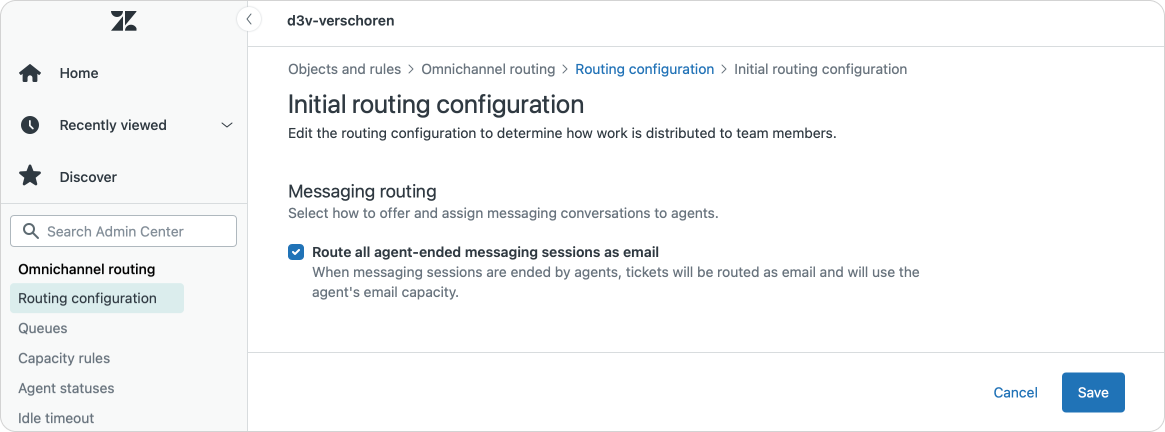
Messaging triggers enhancements
Zendesk's been gradually expanding their Messaging triggers that react to conversations launched by customers via Messaging channels. This old feature, originally part of Chat, recently got support for email conditions, and the ability to not only add, but also remove tags.
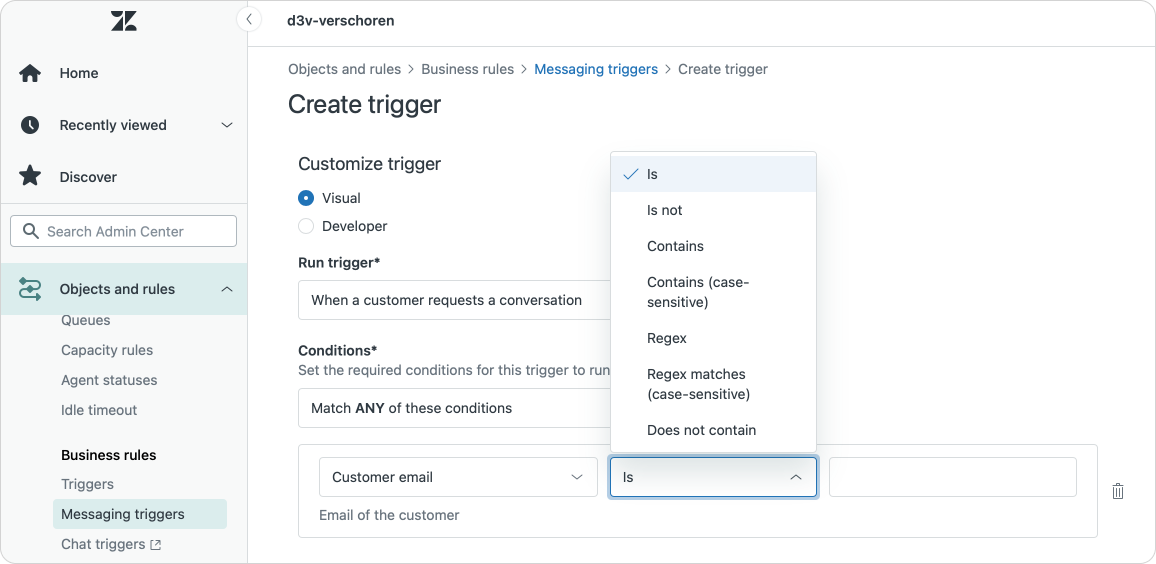
Dynamic Content for Messaging Triggers
Another addition to these triggers is the ability to use Dynamic Content in the messages send in Actions.
With this change, conversation messages sent by messaging triggers will now support dynamic content placeholders designed specifically for messaging trigger messages. This enhancement delivers messages in the end user's native language, ensuring that they fully understand the prompts and can respond correctly. This will lead to more effective ticket resolutions.
Custom Objects expanded view
The lists of custom object records now include the object's first three custom fields as columns in the table, in addition to the record's name, date created, and last updated date which have always been included.
Compared to the old view this new view provides a lot more context, especially useful for scenarios where your object name is just an order number or integer.

I'd love to see some more filter, sorting or customization options though (or the ability to add sidebar apps to this view?) but regardless, nice quality of life upgrade.
New default triggers for SLA support
A long time ago I wrote about my best practices for Triggers and SLA's. One common thread in those articles was my preference for making sure every ticket has its defaults set. A ticket should have at least a priority, type and SLA attached to it. This will make sorting views, enabling Omnichannel Routing and Queues and making sure your agents handle the best ticket first a breeze.
Zendesk apparently follows that idea cause every new Zendesk instance will get two new default settings:
A new standard trigger is being introduced to all new accounts. This trigger changes tickets with no priority to normal priority so that the standard default SLA can be applied to tickets.
A new standard SLA is being introduced to all Growth and above plans. This SLA sets a 60 minute First Reply Time (FRT) to all tickets with a normal priority.
I'm all for it!
Announcing support for OAuth 2.0 Client Credentials grant type
The Client Credentials grant type is now available, allowing applications to request an access token to access their own resources without needing user authentication.
The flow is initiated by passing a valid client_secret parameter to the /oauth/tokens endpoint with grant_type: client_credentials to generate a new OAuth access token. This means you can now generate a new OAuth access token specifically for your application, allowing you to interact with Zendesk APIs more efficiently.
A nice addition to the available authentication options for Zendesk apps. Anything that makes it possible to not store secrets in hidden fields and use more secure methods is a win in my opinion.

Microsoft Exchange connector
Late last year Zendesk introduced their Authenticated SMPT connector as a new method to get email in and out of Zendesk. It removes relying on solely email forwarding to get new tickets in Zendesk, and allows for using your own email service to send out ticket replies. This last one especially is important for companies that want to apply their own sending rules, restrictions or logging on top of any email communication to prevent unwanted information to go out, restrict countries or recipients or for audit and legal reasons.
We are excited to announce the launch of the Microsoft Exchange connector. This new feature lets you seamlessly connect your Microsoft Exchange email servers to your Zendesk Support instance.
While SMTP was already a great addition, a native connector for Microsoft Exchange gives these same capabilities to companies without resorting to enabling SMTP on their environment.
Up next.. Google Workspace?
⚠ Major Changes.
New Explore Builder required starting March 6
Starting today, all new custom Explore dashboards must be created using the new dashboard builder. You can continue opening and editing dashboards created using the legacy dashboard builder during this period.
The next phases of the migration to the new dashboard builder are as follows:
- July 7, 2025: Legacy dashboards become view-only.
- November 4, 2025: Retirement of legacy dashboards.
💡Insights
OpenAI on Zendesk’s new Agentic approach
OpenAI published an article on their blog explaining the ins and outs of the models behind the Zendesk AI Agents. At Relate, Reetu Kainulainen – Vice President AI Agents at Zendesk – showed of this flow chart explaining the entire approach behind Zendesk's AI Agents.
One thing is clear even though part of the setup runs on OpenAI for mainly generating responses, a big part of the setup does run on proprietary Zendesk build, owned and maintained models and agents.
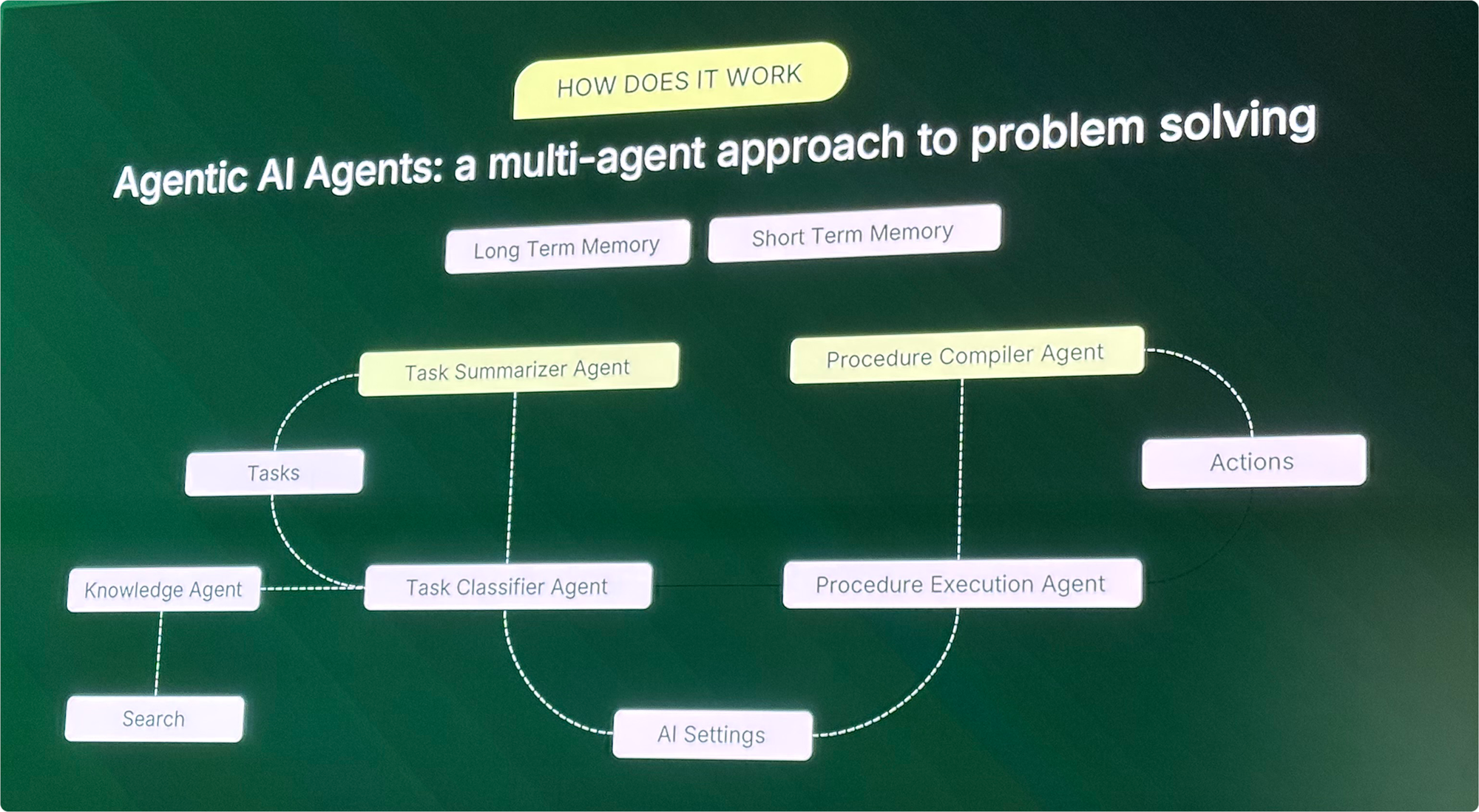
Zendesk’s new class of agentic AI agents is purpose-built for service. Powered by OpenAI models like GPT‑4o, the agents don’t just answer questions—they lead conversations, reason through context, and drive toward resolution.
The platform leverages a multi-agent architecture comprising of specialized agents such as:
- Task identification agent: Instead of relying on manual training this AI agent has a real conversation to understand what the user needs, asking clarifying questions and disambiguating similar issues.
- Conversational RAG agent: Extends traditional RAG by grounding in multi-turn conversation. For example, when a user asks about payment options, the agent can follow up to ask where the user is located before retrieving region-specific policies.
- Procedure compilation agent: Balancing agency with control, Zendesk’s procedure compliance agent converts business rules from natural language into a structured flow, ensuring the AI understands and visually reflects how to execute the company’s procedures.
- Procedure execution agent: Carries out actions by calling APIs, triggering workflows, and updating systems, all within the logic defined by the business.
Aimless AI Agents
[Tom Eggemeier] claimed agents offered by other CRM platforms operated “like flies at a picnic.”
Their networks use “one dimensional agents operating in isolation” that are “swarming, reactive and aimless” he said, while Zendesk’s new platform will offer purpose-built agents that provide “real-time visibility” of their reasoning to improve effectiveness and safety.
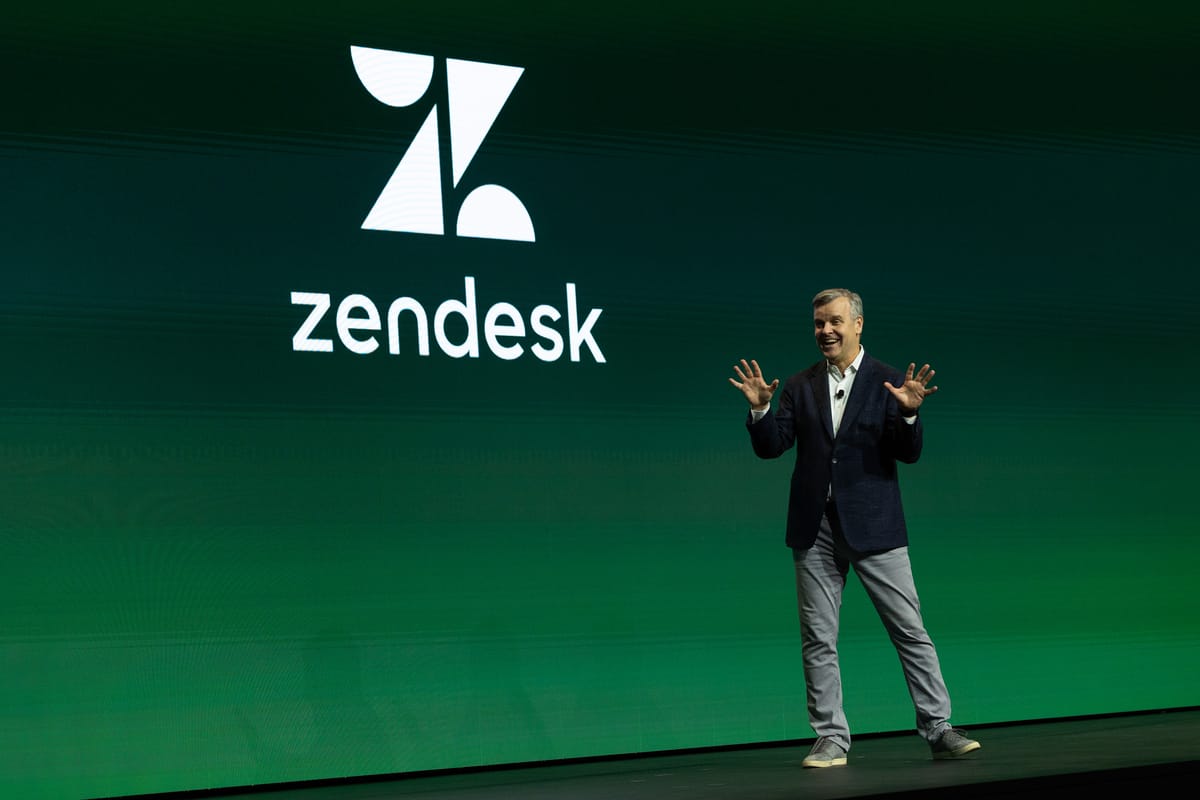
SAAS Business Models shifts
Aaron Levie, CEO of Box, posted an insightful view on the shift from seat-based to usage-based pricing for SAAS.
AI Agents will be the biggest shift to enterprise software business models that we've ever seen.
— Aaron Levie (@levie) March 10, 2025
The typical business model of enterprise software has generally been that one user on the system equals one licensed seat. This model is obviously logical in a world where most…
This closely aligns to what Zendesk said at their Relate keynote. Customer Care is no longer about agents solving tickets, but about the combination of AI Agents and a human team resolving conversations. This lead Zendesk to offering two new approaches to their pricing: Outcome-based pricing where you pay only for when the AI Agent actually works – combined with traditional agent seats – and a new flexible pricing model that allows you to convert agent seats into resolutions as your AI Agent becomes more efficient and shifts work from humans to bots.
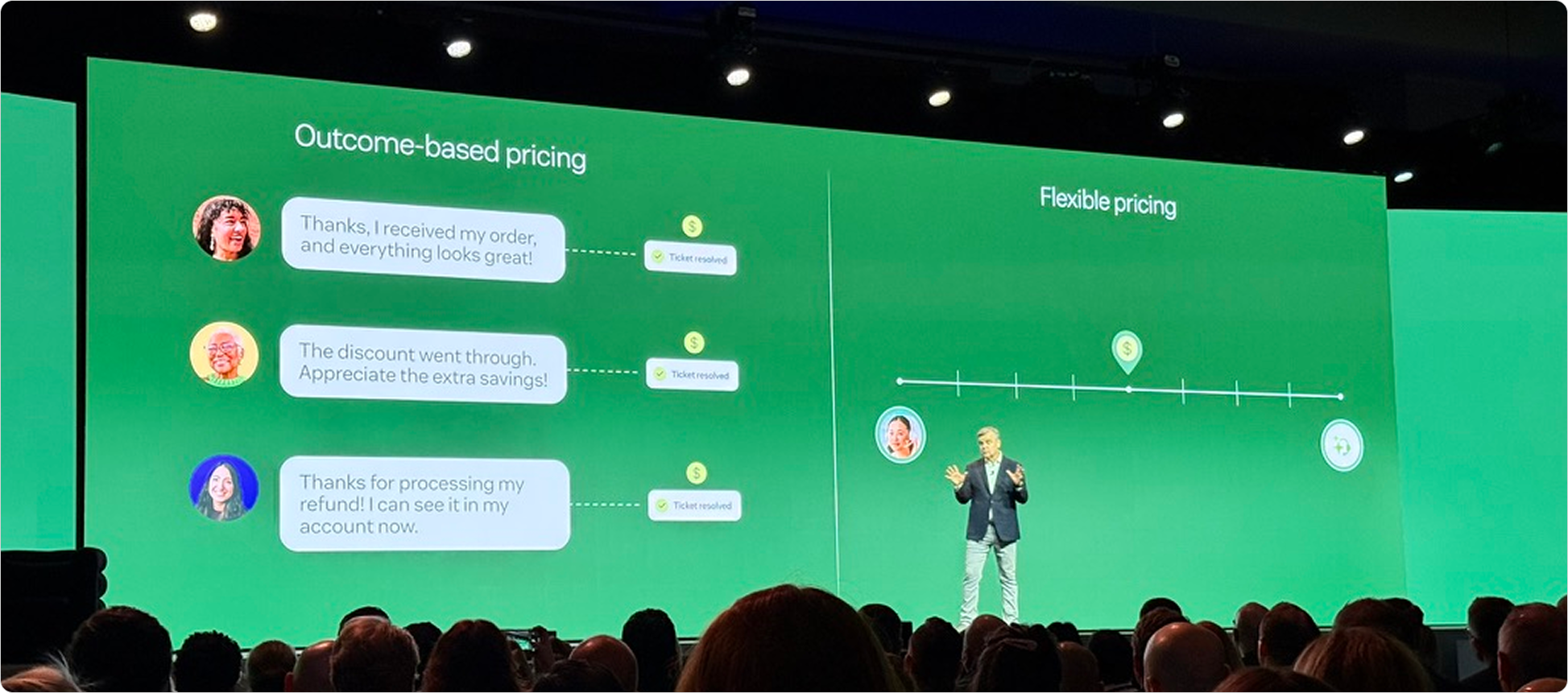
Zendesk Engineering on migration jobs
I'm still a sucker for these engineering articles from the Zendesk team. Way over my head, outside my focus or experience but still entertaining to read.
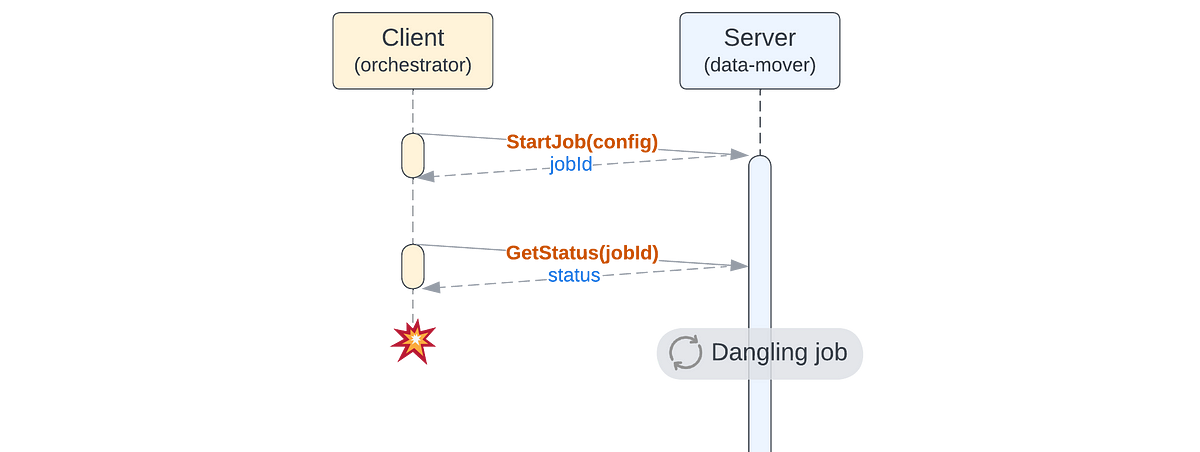
📝 Articles this month
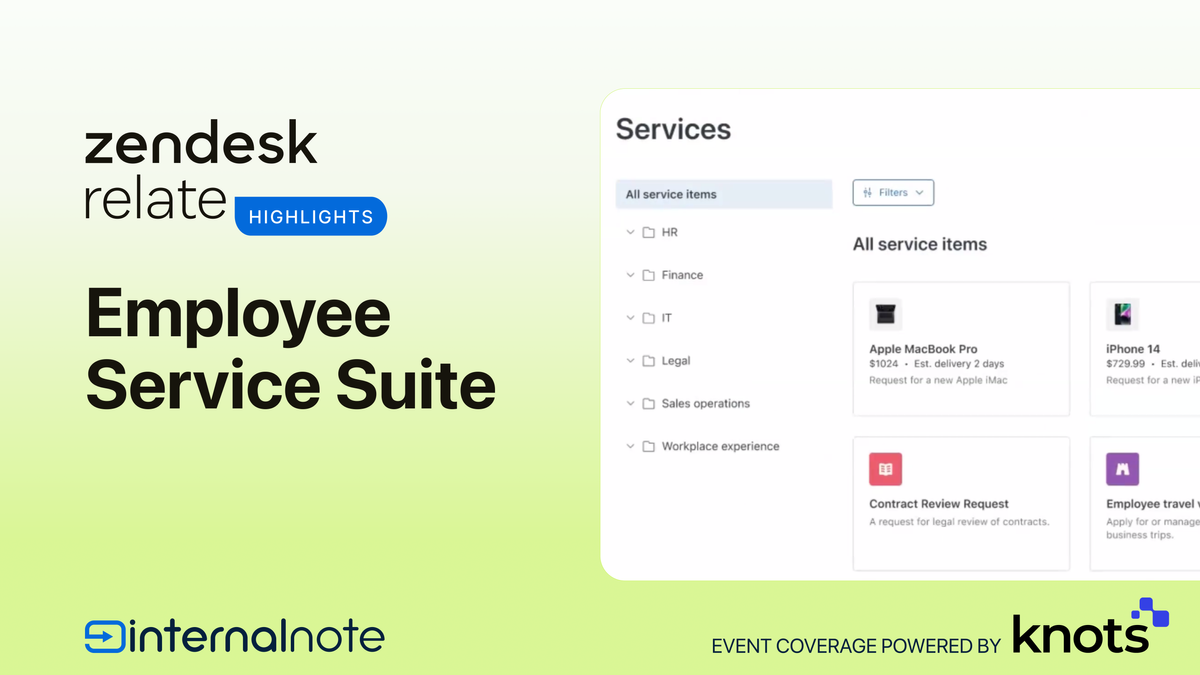
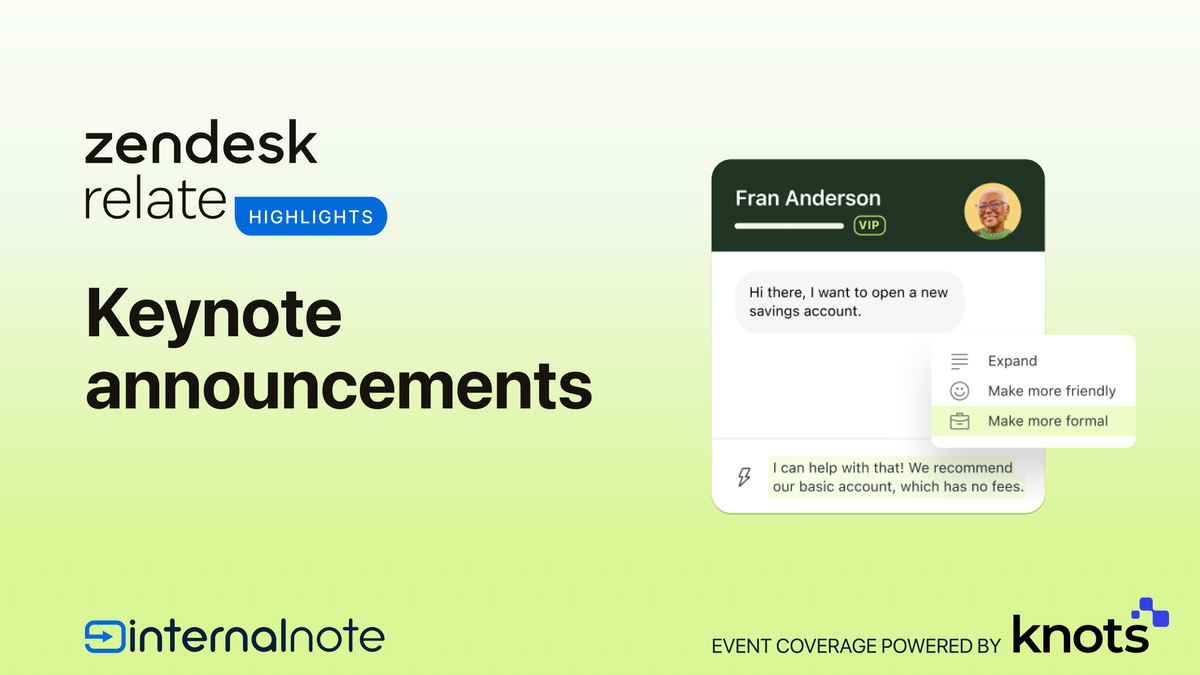
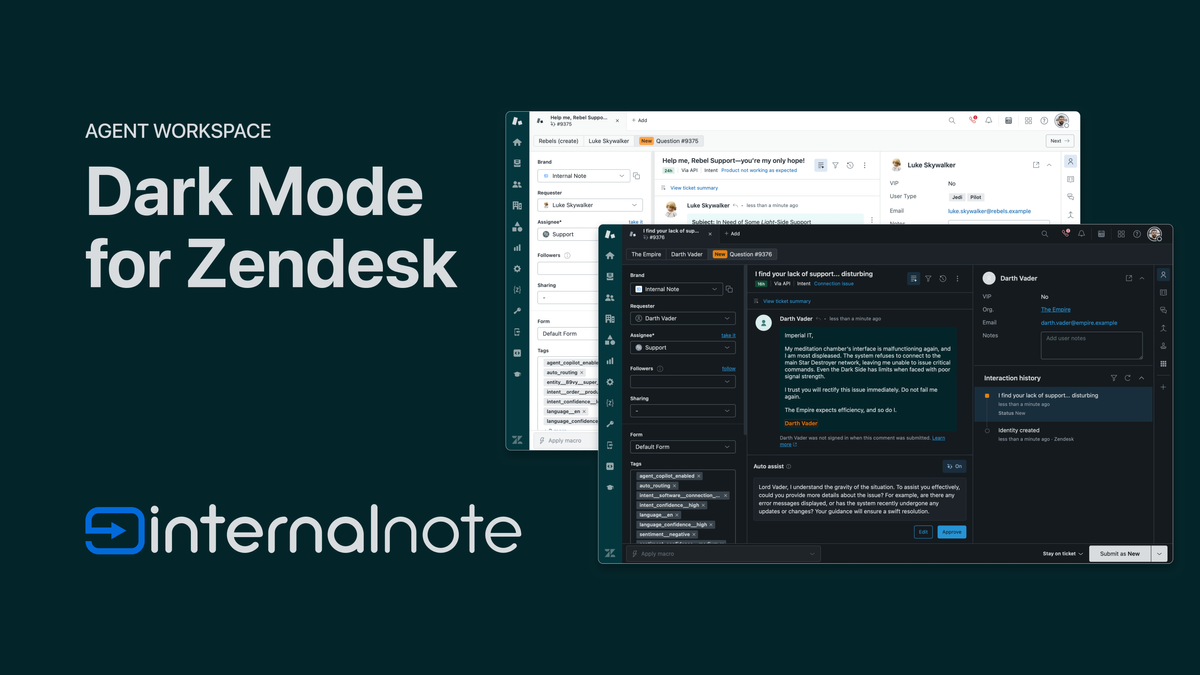

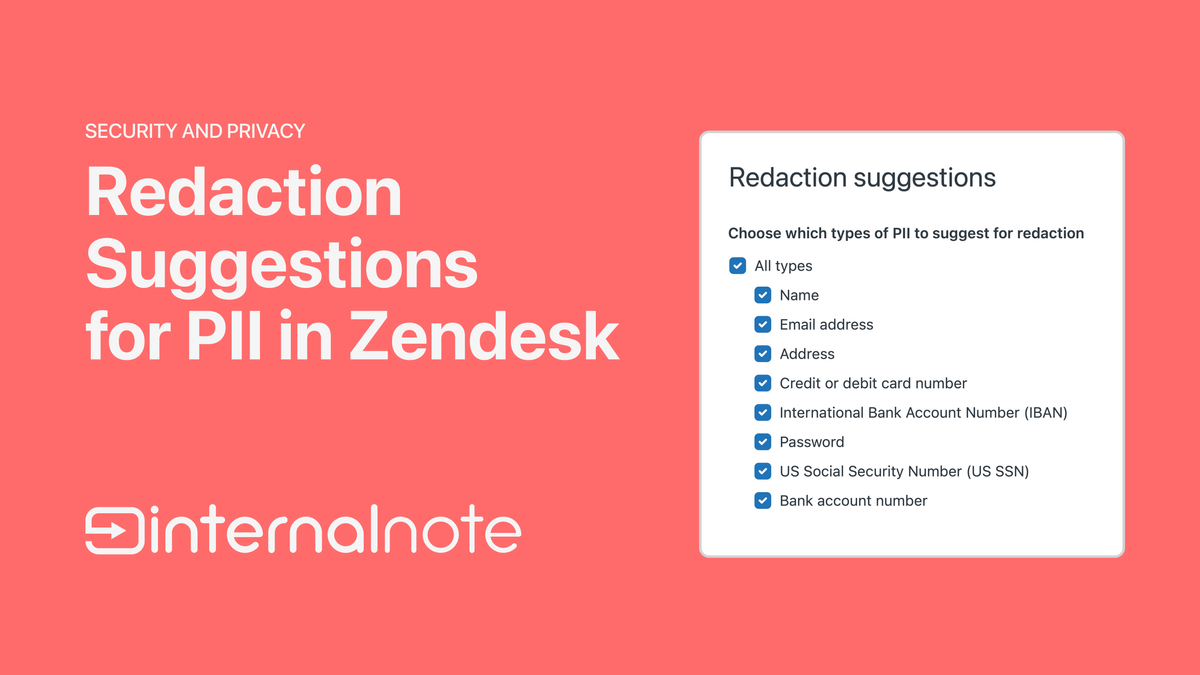

And Finally...
Reader Stephane Wetterwald published a cool Docker version of my Messaging Authentication scriptL
I've created a dockerized version of your JWT token generator, if anyone found it useful, you can run it everywhere you want, I've totally documented it on my personal GitHub : https://github.com/Xhelliom/zendesk-jwt-generator
With the public docker : https://hub.docker.com/r/xhelliom/zendesk-jwt-generator
